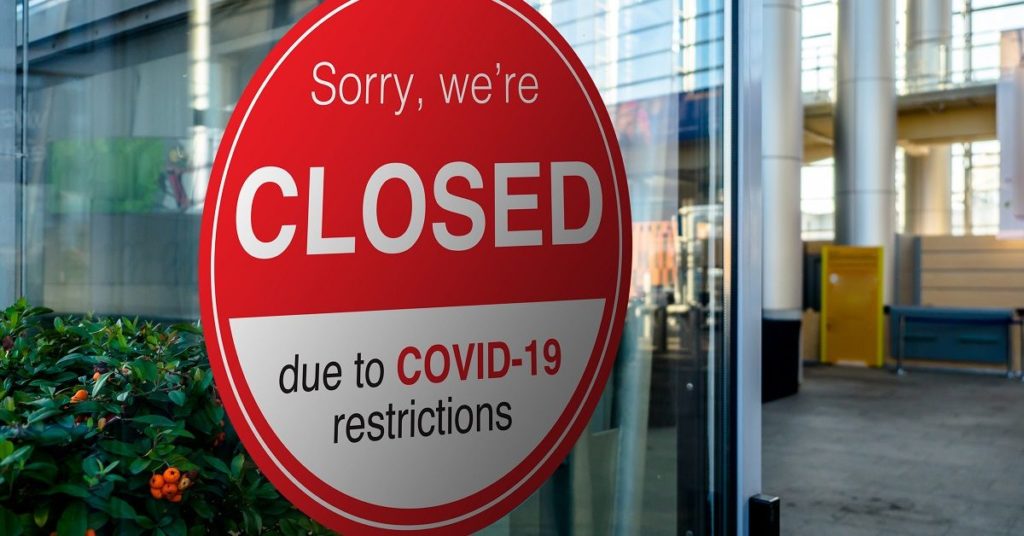The past two years have underscored how quickly normal life can be upended. While the covid-19 pandemic will hopefully be the most significant event of its kind in our lifetimes, these kinds of sudden upheavals are not new – think the 2011 tsunami, foot and mouth disease or swine flu – and will continue to pose threats to businesses across every region and every sector.
According to Gartner, we can expect business interruptions lasting longer than a month to strike every 3.7 years. At times like this, operations change rapidly, systems fail, and uncertainty abounds. As the world has become more interconnected, with longer supply chains and more reach into different global markets, a company’s odds of facing disruption – and the extent of its consequences – also expand.

Anticipated vs. unanticipated
No one company can account for all risks. In fact, as analysts at McKinsey point out, we can think of these kinds of interruptions as anticipated versus unanticipated. Certain events, such as hurricane and bushfire seasons, can be prepared for. The other category includes black swan events or cyber-attacks, which can be prepared for to an extent – by adding the systems or developing the right culture to be able to deal with such disruption.
It’s never been more important to work out where weaknesses can creep into supply chains and work towards a stronger strategy for bouncing back. During the pandemic, and other previous crises, it was evident how well some companies were able to deal with being plunged into the unknown versus others that floundered.
This resiliency has several benefits – the obvious ones being able to reduce revenue losses and getting back to something representing business-as-usual quicker. However, resiliency could also mean that companies instead stand to improve their operations and even profit during crisis periods, setting themselves above their competition.

Only as strong as your weakest link
This is where the importance of strong partnerships comes in. As the adage goes, you’re only as strong as your weakest link – not only can your own suppliers see difficulties, but your supplier’s suppliers could fail too, adding to this complicated picture.
Finding a partner that is experienced in dealing with supply-chain disruptions and has built resiliency into their own operations will therefore strengthen your own. This can also be viewed as a type of collaboration. Offloading some of your operations on to a trusted partner, can relieve some of the stress and allow internal resources to be better deployed.
It’s important to look for a partner that understands how resilient supply chains are formed. But, in order to find such a company in the first place, we must know what to look out for ourselves. There are myriad ways that resiliency can be built into supply chains – which are as diverse as the regions and industries that companies work in.
Internal and external resilience
Resiliency can be looked at in two ways: The first is internal: it’s vital for companies to look inwards, scrutinising how they manage inventory, what the company culture is like and forecasting processes, among other aspects, to see which areas could prove weak if circumstances were to change. The other side of the coin is external – third parties within your supply chain, commodity prices or even changing government regulations. With this in mind, there’s a range of strategies that can be adopted, including:
Flexible sourcing: complicated supply chains are a fact of life – but this doesn’t necessarily have to be seen as a negative either. It can also bring flexibility. Some companies are opting for nearshoring. This means bringing manufacturing closer to the end-markets, which can add costs and complexity but also provide more control over inventory and shortens the time to market. Another strategy is multi-sourcing – or finding various suppliers in different geographies. That way, if one faces disruption, another can scale up to take its place. This also has its downsides – as it adds extra relationships to stay on top of. This method also necessitates keeping an eye on supplier networks and their potential for disruption.
Supply-chain design: inventory levels, how complicated a product is to create and the number of SKUs offered can all play a part in the level of disruption your supply chain faces. However, these decisions can be made with inevitable disruption already in mind – for instance, choosing to make products with components that can be sourced from more than one manufacturer or even interchangeable parts. Other strategies include employing standardised or concurrent processes.
Partnerships: a survey from Gartner revealed that close to 50% of supply-chain companies are employing external manufacturers or exploring how product moves can be supported, with a similar number of respondents looking into using logistics partners to support this. Offloading some of your operations on to a third party is another way of adding diversity – and therefore resilience – into your supply chain.
Technology: with talk of supply chain 4.0 and digitalisation at the fore of many companies’ agendas, it’s no surprise that technology is one of the leading ways to build resiliency. AI and tracking technologies can be used to warn about upcoming issues. Another technology gaining prominence is something called a digital twin. Put simply, this is a virtual representation of a company – composed of a company’s processes, inventory and any other data. This can, in turn, be used to simulate disruptive events as well as looking into other scenario planning.
Sometimes building resiliency into supply chains is viewed as coming at the cost of efficiency. However, resiliency planning can drive myriad improvements that benefit the business as a whole – allowing for better planning, avoiding cost fluctuations and business outages, not to mention exploring new innovations or processes – with the right partnerships paving the way for smoother operations when it is needed most.
